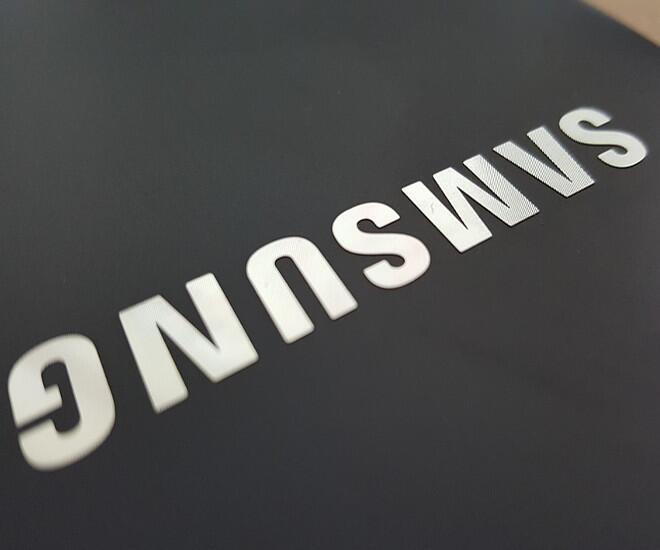Samsung’s plans to ship 10nm SoCs in full sail
Article By : Rick Merritt

The 10LPE process uses triple-patterning lithography to deliver up to a 30% area shrink, 27% higher performance or 40% lower power than 14nm process.
South Korean electronics giant Samsung is pushing ahead with its plans to ship SoCs made in a 10nm FinFET process before the end of the year, beating rivals such as Intel and TSMC. The news comes as Samsung is projected to fall behind this year in the business of making chips for other companies and is reeling from a decision to take its Galaxy Note 7 smartphone off the market.
“We are entering mass production and in 2016 we believe we will be the first shipping in the 10nm node,” said Hong Hao, a senior vice president for marketing and business development in Samsung’s foundry group.
The so-called 10LPE process uses triple-patterning lithography to deliver up to a 30% area shrink, 27% higher performance or 40% lower power than its 14nm process, Samsung said in a press statement. First devices to use the 10nm chips should appear early next year with a follow-on 10LPP process ramping late next year, it added.
Samsung took a similar approach at 14nm, delivering a fast-to-market, first-generation FinFET process followed by an optimised version. It also aims to continue at 10nm its practice of introducing over time additional variants of the node optimised for greater performance, lower power and lower cost.
As part of the news, Samsung revealed it will skip the 7nm node with immersion lithography planned by rivals TSMC and Globalfoundries. Instead it aims to have in production a 7nm process with extreme ultraviolet lithography in late 2018, as much as a year before current industry estimates say EUV systems will be ready for volume production.
Samsung's memory and logic groups are both working on EUV, said Hong. He declined to provide details of how the company expects to leapfrog others in making the systems ready for volume production.
“Samsung's 7nm plans are interesting and a bit surprising considering Intel has said recently that it will most likely introduce 7nm in several years with immersion lithography, but hopes EUV will be ready for commercial production sometime during the 7nm process generation,” said Rob Lineback, a senior analyst at market watcher IC Insights. “Samsung appears to be banking on the best-case scenario or EUV deployment while others like Intel are being more cautious after many years of delays,” he added.
Hong also declined to provide any specific metrics, such as minimum gate pitch, of the 10nm process. Process and IP design kits for the 10nm node are available now, Samsung said. The company described a 10nm SRAM cell at a technical conference in January.
Samsung historically uses mobile application processors such as its Exynos line or the Apple A-series SoCs used in its iPhones as the first products in a new node. Hong declined to name whose products Samsung is currently making in its 10nm process.
Analysts believe TSMC is getting the brunt of the business making the A-series chips in the current iPhone 7 and will get most of the work for the iPhone 8 SoC. Korea's Electronic Times reported Samsung is making in 10nm Qualcomm's next-generation SoC, the Snapdragon 830. Samsung is already making Qualcomm's Snapdragon 820 and 821 SoCs in its 14nm process.
The company did announce the first 10nm SoCs will be in systems shipping early next year. The timing corresponds to Samsung's typical cadence for its next-generation Galaxy smartphones.
Next: Samsung losing foundry share in 2016 »
Subscribe to Newsletter
Test Qr code text s ss


